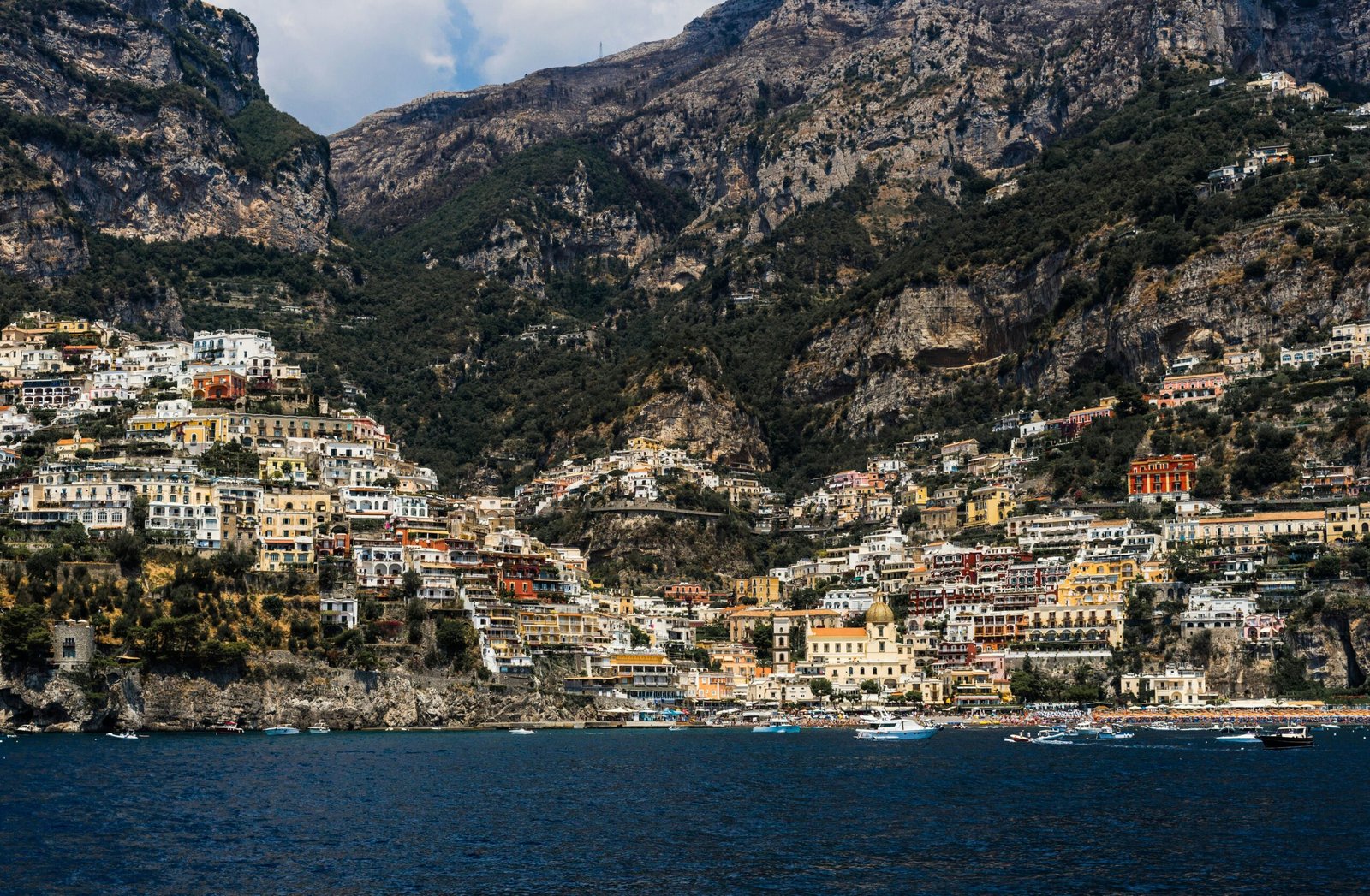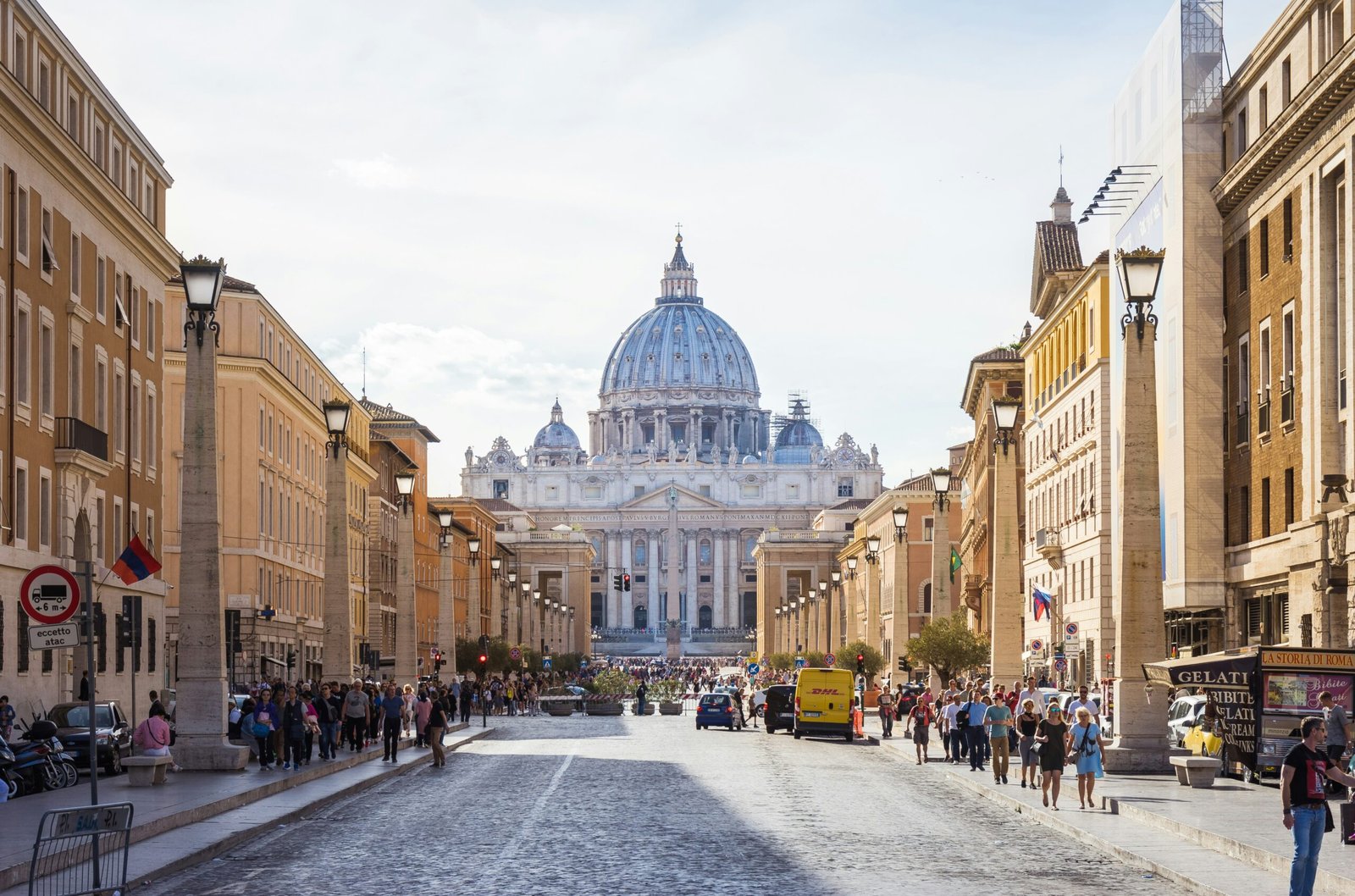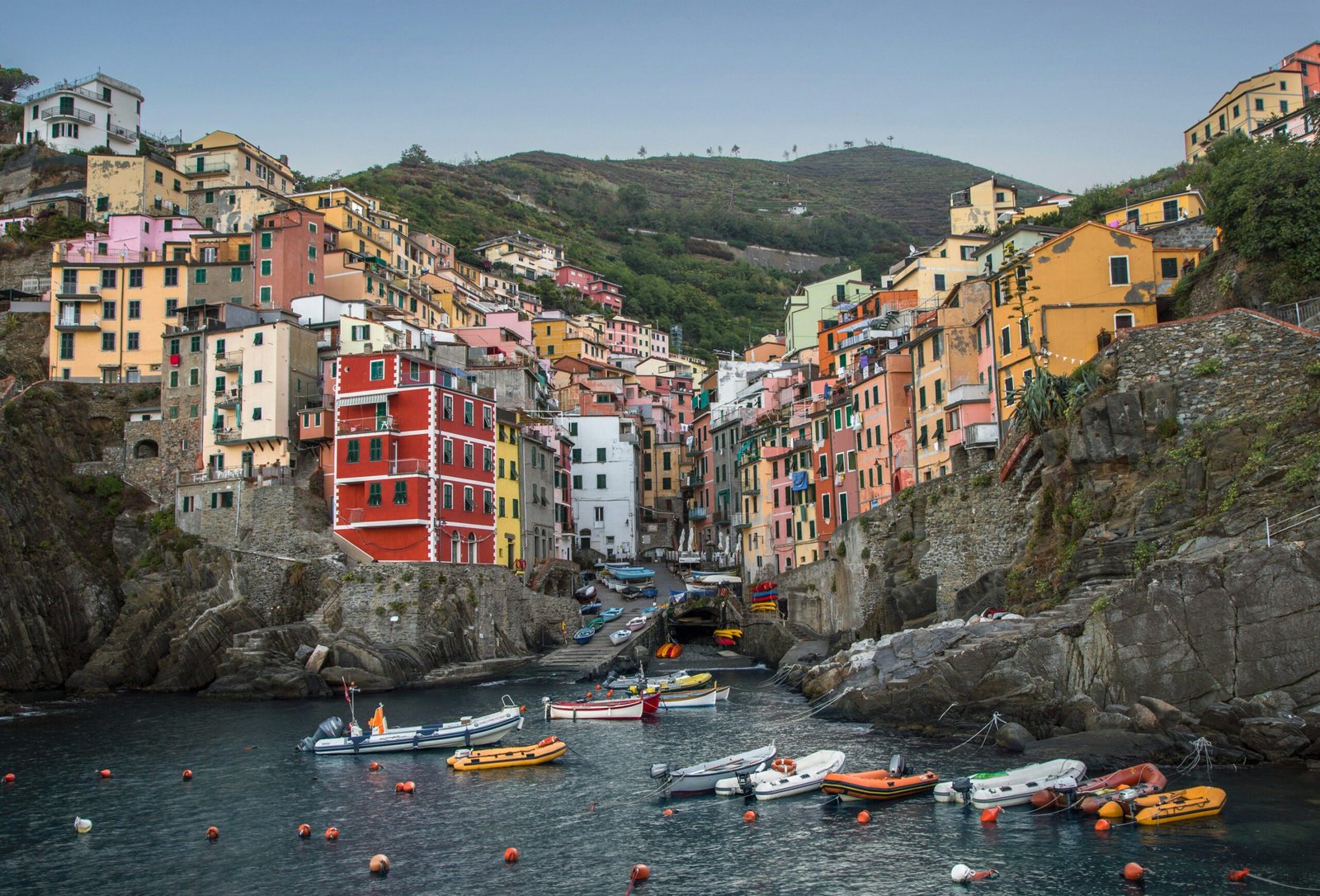Everything U.S. investors need to know about Italy’s residency-by-investment program in 2025
The United States and Italy share more than history and culture. Today, they also share a growing financial and lifestyle connection, as more Americans look to Europe for long-term residency solutions. Among the options available, the Italy Golden Visa for Americans has emerged as one of the most practical and enduring.
Unlike short-term visas, the Golden Visa is built on investment, governance, and transparency. It allows U.S. citizens to obtain residency in Italy by committing capital into the real economy, not into speculative property. For Americans weighing legacy planning, mobility, and diversification, it offers both a legal pathway and a cultural foothold.
Italy Golden Visa Americans: Eligibility and Who Can Apply
The Italy Golden Visa for Americans is available to U.S. citizens who meet the standard requirements:
- Be 18 years or older
- Hold a clean criminal record, documented across jurisdictions for the past ten years
- Demonstrate the lawful origin of funds used for investment
- Maintain health insurance valid across Italy and the Schengen Area
- Provide evidence of sufficient financial resources for themselves and any dependents
There is no language exam, no employment record requirement, and no full-time residence obligation for maintaining the investor permit. Note that applications from Russian and Belarusian citizens, including dual nationals, remain suspended per the committee’s notice implementing EU guidance.
For further detail, see Who Can Apply for the Italy Golden Visa?.
Investment Routes for Americans in 2025
To qualify, American applicants choose one eligible route and maintain it for the duration of residency:
- €250,000 in an Italian innovative startup
- €500,000 in shares or equity of an established Italian company
- €1,000,000 to a project of public interest, such as education, culture, or research
- €2,000,000 in Italian government bonds
Real estate purchases do not qualify. Italy deliberately excluded property to ensure that capital supports businesses, innovation, and national growth. Thresholds and routes are confirmed on the Investor Visa for Italy portal (MIMIT official).
To understand what each path represents, see Investing in Italy: What You Really Buy with €500K, An Ownership Stake, Not Just a Visa Stamp.
Application Path: Step by Step
- Nulla Osta. Submit the online application to the Investor Visa Committee. A decision is typically issued within 30 days.
- Visa application. With Nulla Osta approval, apply for the investor visa at the nearest Italian consulate in the U.S.
- Entry into Italy. Within 8 days of arrival, file for a residence permit at the Questura.
- Investment execution. Complete the chosen investment within three months of arrival and upload proof via the official portal.
The initial investor residence permit is valid for two years and may be renewed for three more years if the investment is maintained, usually with a new Nulla Osta confirming continuity.
For a closer look at the timeline, read From Investment to Invitation: How Long Does It Take to Get an Italian Golden Visa?.
Family Inclusion for Americans
The program extends to immediate family, allowing U.S. citizens to include:
- Spouse or partner
- Minor children
- Dependent adult children, including those with disabilities
- Dependent parents
This unified approach allows the entire family to benefit from residency rights in Italy under one investment.
U.S.–Italy Tax Considerations
For many Americans, taxes determine feasibility. Italy’s optional new residents’ flat-tax regime can be elected by individuals who transfer tax residence to Italy and is available for up to fifteen years. For new entrants from the 2025 tax period, the annual substitute tax on foreign-sourced income is €200,000, with €25,000 for each eligible dependent. Individuals who enrolled under earlier rules generally retain the €100,000 amount. Coordinate carefully with U.S. obligations. Americans remain taxed on worldwide income and may have FATCA and FBAR reporting duties.
Common Objections from American Investors
“Isn’t this just about buying a visa?”
No. The Italy Golden Visa for Americans is an investment-based residency program subject to due diligence on funds and compliance, with defined investment categories and a centralized committee review.
“Why not just buy property in Italy?”
Property is excluded to protect the housing market and direct capital into productive sectors. The official routes are startups, companies, public interest donations, and government bonds.
“What if Italy changes the rules?”
Since launch in 2017, the core investment routes and process have been stable. The most notable recent change affects the optional tax regime for new residents from 2025, not the investor visa thresholds. Always rely on the official portal and current policy guidance.
“Will my family qualify?”
Yes. Spouses, children, and dependent parents can be included under one investment, subject to documentation.
Cultural and Lifestyle Benefits for Americans
For U.S. families, residency in Italy offers more than mobility. It provides access to education, healthcare, and a direct connection to Italy’s cultural and industrial strengths across fashion, food, automotive, and design. For those not ready to relocate full-time, the visa allows flexibility while preserving the option of deeper integration later.
Presence and Long-Term Status
The investor permit itself does not impose a statutory minimum stay for renewal, provided the investment is maintained. If the goal is EU long-term residence after five years or Italian citizenship after ten years, physical residence in Italy during those periods is required under general EU and Italian naturalization rules. Plan with counsel to align immigration and lifestyle plans.
For more information book a free consultation.




